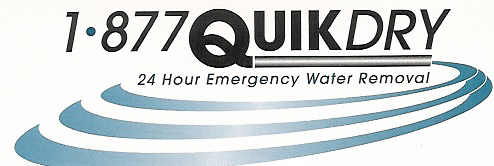|
Tips for homeowners to prevent water damage before a predicted heavy rain storm. Remember to keep your gutters clear of debris and also that they drain away from the house. You may need to purchase some flexible black pipe from your local hardware store and attach it to the gutter down spouts so that water will drain away from the house. Do not allow water to pool around your house or in planter boxes near your house, this is a recipe for a water damage disaster, whether you have a raised foundation or a cement slab. Water is heavy, 8.33 pounds per gallon, a large pool of water around your house near your foundation may have several hundred gallons of water in it, maybe more, maybe less. 100 gallons of water = approximately 833 pounds. The weight of this water creates high hydro-static pressure and can force its way under the foundation into your crawlspace (underhouse) or cement slab or even worse, into the wall cavities or living area of your home. This can cause a variety of other water damage problems. The main point is, do what you can to keep water from pooling up around your house. Keep the tracks of your windows clean and free of debris so that they may drain properly when rained upon heavily. If you have an older home, have your roof inspected for leaks, before the rainy season, by a roofing professional. If you live near large trees, have them checked for strength and stability by an arborist or have dangerous limbs trimmed. This can prevent life threatening limb damage to your home. If your home has extierior stucco siding, do a quick visual inspection. Should you find any cracks near 1/8" wide or larger than 1/8" wide, have it repaired by a professional as this may affect water tightness. If your home has one of the many varieties of hardboard siding panels and you visibly notice warping or buckling, have it inspected by a siding professional as this may affect water tightness. Another popular type siding is "cement board". Should you notice cracks in your cement board siding longer than 2" in length or 1/8" in width, have the board repaired with caulk or replaced by a professional as this may affect water tightness. Some more food for thought. Water or flood damage that comes from rain water may, at first thought and appearance, seem like clean water. However, if you give it a little thought, you will realize that rain water that travels over the ground or runs extensively over building materials can possibly gather harmful biological and chemical contaminants. This can cause a need for absorbent building materials, like carpet, padding, insulation and drywall that come in contact with this rain water, to be removed, to prevent future indoor air quality issues. These small tips can save you thousands of dollars in repair costs and the accompanying stress that goes along with it. Article by: Roger Christensen
|
